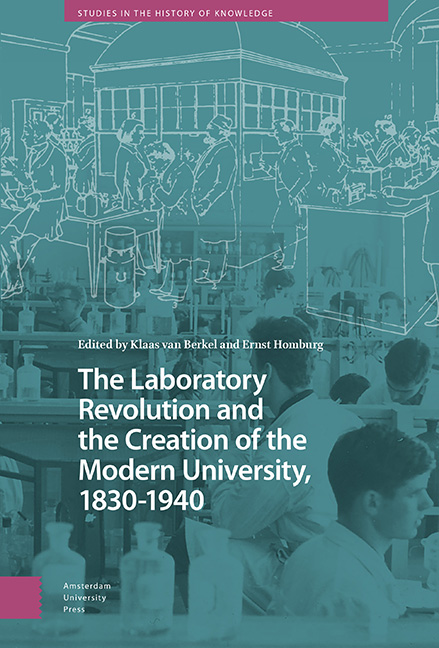9 - Aspects of the Social Organization of the Chemical Laboratory in Heidelberg and Imperial College, London
Published online by Cambridge University Press: 29 November 2023
Summary
Abstract
This chapter deals with the social organization of chemical laboratories, in particular the hierarchy of laboratory workers and the relationship between professors and technicians. This study focuses on two major chemical departments of the late nineteenth and early twentieth centuries, namely Imperial College London (and its predecessors) and the University of Heidelberg. This pairing allows us to explore the differences (and similarities) between laboratories in England and Germany. Over time, the hierarchy of chemical laboratories has become flatter as relationships between the teaching staff, students, and technicians have become more socially equal.
Keywords: hierarchy, technicians, stratification, Heidelberg University, Imperial College
Introduction
When I wrote my book The Matter Factory about the physical aspects of the chemical laboratory, I relied very largely on pictorial evidence for two reasons. Archival evidence is limited and there is hardly any laboratory of the nineteenth century (or earlier) which remains in the same state as it was when it was built. Unfortunately, this approach does not work for the social organization of laboratories. While there are group photographs of the staff in university chemical laboratories, they are almost invariably limited to faculty and postgraduate students. A few may include the head technician and/or the superintendent, but almost none will compass all the non-academic staff. This is also largely true of the staff lists found in university yearbooks, which also tend not to list temporary or non-salaried staff. Some information can be gleaned from individual histories of the laboratories and from autobiographies, but it is usually scanty.
The Sociologist’s View
The social structure of the chemical laboratory has been studied, not surprisingly, by sociologists. In Laboratory Life, Bruno Latour and his co-author Steve Woolgar acknowledge the complex group dynamics in the laboratory, but their main concern is with scientific creditability (as measured by citations), and hence their focus is on the dynamics between different scientists who are seen as entrepreneurs dealing in credit rather than capital. They note that technicians intensely seek credit but usually cannot get it owing to the lack of academic qualifications, and they are poorly paid; hence their main concern is their salary, and there is a high turnover in technicians.
- Type
- Chapter
- Information
- Publisher: Amsterdam University PressPrint publication year: 2023



